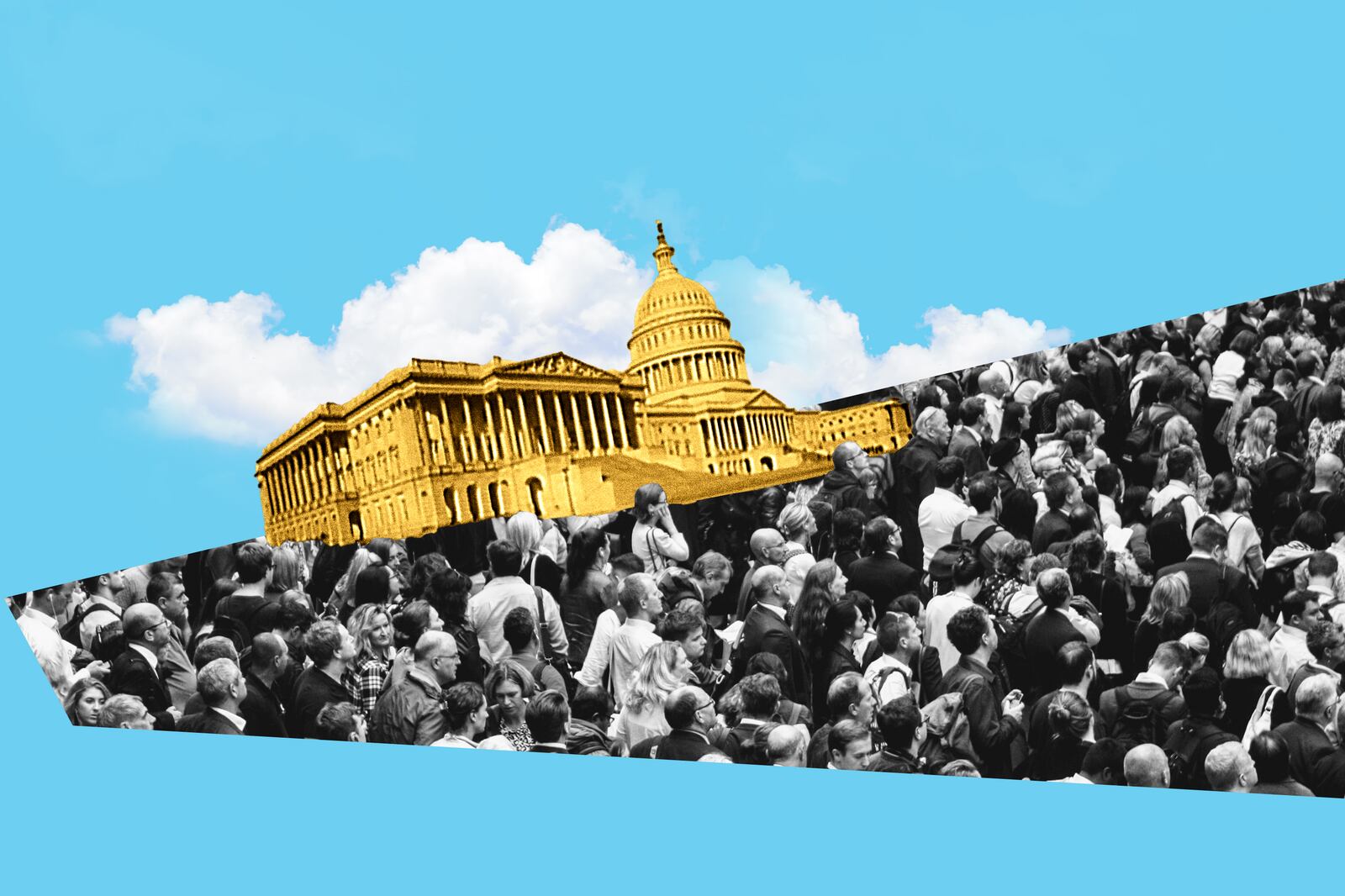During the 2020 election, I worked as a signature review judge for my local elections department in El Paso County, Colorado. Election judges were hired and placed under the supervision of a team of election specialists to sort, scan, review, process, sort, review and then sort the ballots some more. Many places, including Salt Lake County, Utah, have similar processes in place.
I was one of a group of young election judges who picked up the 15-day contract for a few extra dollars, but the majority of the election judges were civically engaged retirees.
Sitting in a drab government building, I learned that the election process is a surprisingly human endeavor. We worked arm in arm to certify our local election for many hours. We laughed, we gossiped about neighbors, we slurped squeeze-baggies of apple sauce. Each of us played a small role, motivated by a common goal that superseded our personal politics. I came away with a newfound appreciation for our democratic process, imperfect as it is.
A few guiding principles protected us against any funny business. For starters, we had to collaborate with the other election judges that identified with political parties different from our own.
Teams of workers were grouped based on their party affiliation, and each step of the process had to be completed by representatives from different parties. Each judge was identified by red, blue, or grey (unaffiliated) lanyards and we could not be paired with a worker of the same lanyard color.
Fleets of vans carrying pairs of election workers, one from each side of the aisle, were sent to retrieve ballots from drop boxes across the county. This system reduced the risk of any partisan foul play, while significantly increasing the likelihood of passive-aggressive banter.
The ballots were then brought into an office, which my supervisor called the “War Room,” though it lacked Peter Sellers in any form. The War Room had an open floor plan and was continually monitored with video surveillance, and had huge observation windows that made us feel like human-sized aquatic pets.
No electronic devices were allowed.
Bipartisan teams then scanned the mail-in ballots in large batches and checked for duplicates. An Agilis machine compared signatures with past voter registration signatures and automatically approved exact matches. The rest were sent to our team of eagle-eyed sleuths. Every bipartisan pairing of election judges examined ballot signatures using specially designed computer software, matching the signature on the envelope with past signatures.
We made note of every detail, asking — “Does the voter swoop their J’s and Y’s? Is their writing slanted to the right or left?”
We held contests for the worst handwriting (I won).
My election partner, a lovely 70-year-old woman draped in a hand-knit cardigan, worked alongside me to sift through thousands of scanned signatures. While we were resting our eyes, she would speak fervently about Denzel Washington in the “Equalizer” franchise. I’m more of a Jason Bourne man, but I kept the opinion to myself for the sake of democracy.
If a ballot wasn’t signed, or the handwriting didn’t match, the election department started a process to give the voter another chance at submitting their ballot, referred to as the “curing” process. False signatures were rare, but they were much more obvious than I would have imagined — mostly household members signing each other’s ballots.
Our teams would then assist in preparing the ballots for scans, identifying those with markings outside the lines or problems like ripped pages.
During this whole process, election workers like me were monitored at multiple levels—county staff kept close watch, there was video surveillance, and specially appointed “election observers” from various political parties had the ability to examine the proceedings for fairness.
One such observer brought his Segway into the office and crept along the aisles, silently peering over the shoulders of nervous workers and scribbling in a tiny notepad. His helmet blocked out the fluorescent light above, casting shadows on our bins of envelopes and fear in our hearts. But he was satisfied with what he saw and rolled away as quietly as he came.
Why couldn’t he just walk? Again, I kept my views to myself out of patriotic solidarity.
After the ballots were prepared, they were scanned and locked away in the almost inevitable event of audits. An admittedly primitive system of cardboard boxes and zip ties (as well as padlocked storage units) was used to render each bundle “tamper-proof.”
From the clerk to the specialists, all the way down to the volunteers, I was privileged to see how elections were handled. People from all walks of life and political persuasions voluntarily spent hundreds of hours in tight quarters, working in pursuit of a fair and free election.
New technology has come into use since I worked the election two years ago. In some states, all ballots have been digitized and made public (with anonymized voter info), so anyone can count the votes themselves. Tracking tools have been implemented to follow ballots through the whole process.
There may soon come a time when voting is completely automated, and political candidates are artificial intelligences conjured up by tech lords, but until that glorious day, I remain cautiously optimistic about how we in Colorado Springs carry out our elections.
It felt like we were strengthening the foundation of our society through this process by all working together, sharing tuna salads at lunch and bandaging our paper cuts after a long night of counting.

